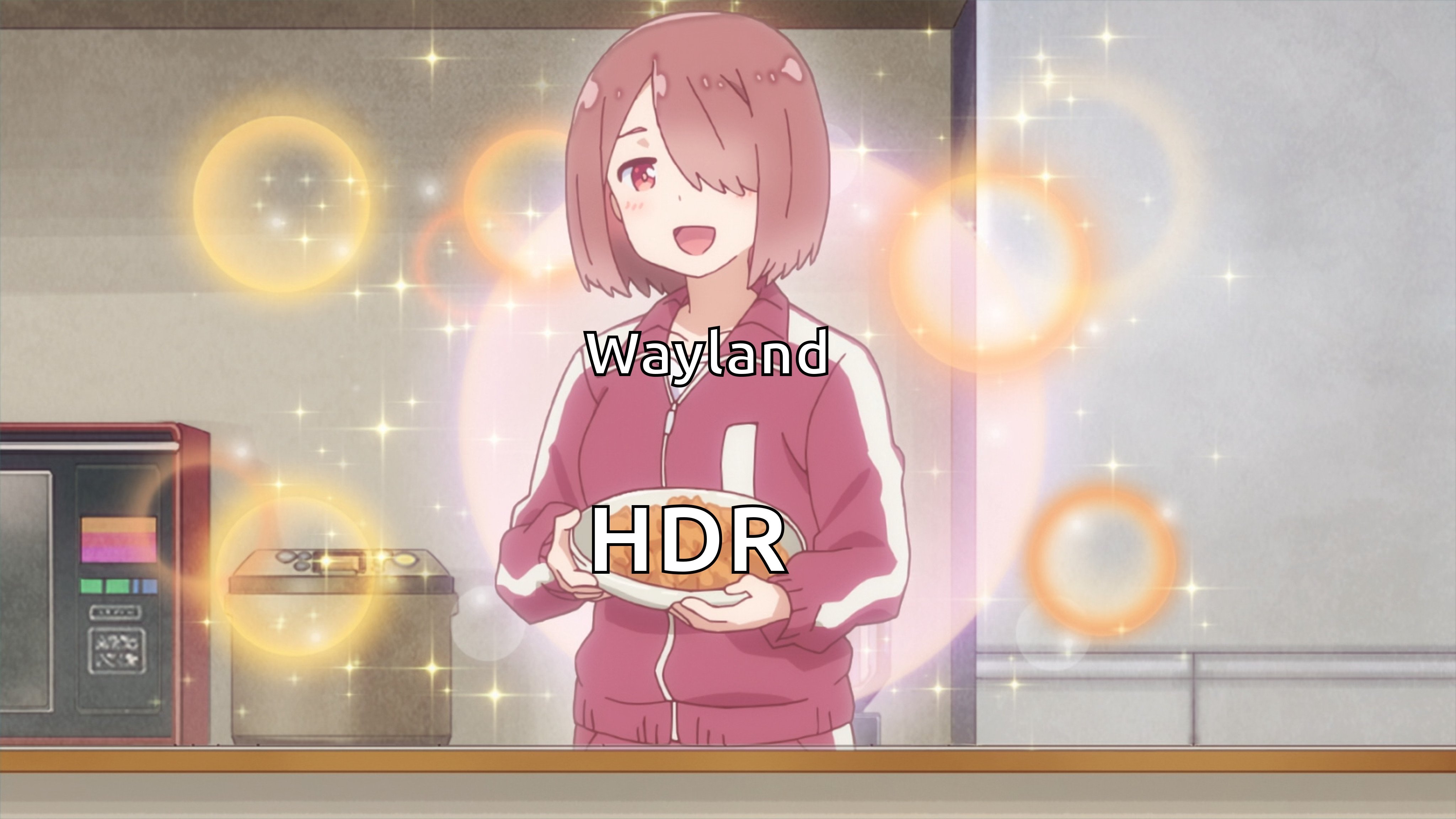this post was submitted on 10 Apr 2024
373 points (95.6% liked)
linuxmemes
21304 readers
1180 users here now
Hint: :q!
Sister communities:
- LemmyMemes: Memes
- LemmyShitpost: Anything and everything goes.
- RISA: Star Trek memes and shitposts
Community rules (click to expand)
1. Follow the site-wide rules
- Instance-wide TOS: https://legal.lemmy.world/tos/
- Lemmy code of conduct: https://join-lemmy.org/docs/code_of_conduct.html
2. Be civil
- Understand the difference between a joke and an insult.
- Do not harrass or attack members of the community for any reason.
- Leave remarks of "peasantry" to the PCMR community. If you dislike an OS/service/application, attack the thing you dislike, not the individuals who use it. Some people may not have a choice.
- Bigotry will not be tolerated.
- These rules are somewhat loosened when the subject is a public figure. Still, do not attack their person or incite harrassment.
3. Post Linux-related content
- Including Unix and BSD.
- Non-Linux content is acceptable as long as it makes a reference to Linux. For example, the poorly made mockery of
sudoin Windows. - No porn. Even if you watch it on a Linux machine.
4. No recent reposts
- Everybody uses Arch btw, can't quit Vim, and wants to interject for a moment. You can stop now.
Please report posts and comments that break these rules!
Important: never execute code or follow advice that you don't understand or can't verify, especially here. The word of the day is credibility. This is a meme community -- even the most helpful comments might just be shitposts that can damage your system. Be aware, be smart, don't fork-bomb your computer.
founded 1 year ago
MODERATORS
you are viewing a single comment's thread
view the rest of the comments
view the rest of the comments

HDR is not just marketing. And, unlike what other commenters have said, it’s not (primarily) about larger colour bitrate. That’s only a small part of it. The primary appeal is the following:
Old CRTs and early LCDs had very little brightness and very low contrast. Thus, video mastering and colour spaces reflected that. Most non HDR ("SDR") films and series are mastered with a monitor brightness of 80-100nits in mind (depending on the exact colour space), so the difference between the darkest and the brightest part of the image can also only be 100nits. That’s not a lot. Even the cheapest new TVs and monitors exceed that by more than double. And of course, you can make the image brighter and artificially increase the contrast but that‘s the same as upsampling DVDs to HD or HD to 4K.
What HDR set out to do was providing a specification for video mastering, that takes advantage of modern display technology. Modern LCDs can get as bright as multiple thousands of nits and OLEDs have near infinite contrast ratios. HDR provides a mastering process with usually 1000-2000nits peak brightness (depending on the standard), thus also higher contrast (the darkest and brightest part of the image can be over 1000 nits apart).
Of course, to truly experience HDR, you’ll need a screen that can take advantage of it. OLED TVs, bright LCDs with local dimming zones (to increase the possible contrast), etc. It is possible to profit from HDR even on screens that aren’t as good (my TV is an LCD without local dimming and only 350nit peak brightness and it does make a noticeable difference although not a huge one) but for "real" HDR you’d need something better. My monitor for example is Vesa DisplayHDR 600 certified, meaning it has a peak brightness of 600nits plus a number of local dimming zones and the difference in supported games is night and day. And that’s still not even near the peak of HDR capabilities.
tl;dr: HDR isn‘t just marketing or higher colour depth. HDR video is mastered to the increased capabilities of modern displays, while SDR ("normal") content is not.
It’s more akin to the difference between DVD and BluRay. The difference is huge, as long as you have a screen that can take advantage.